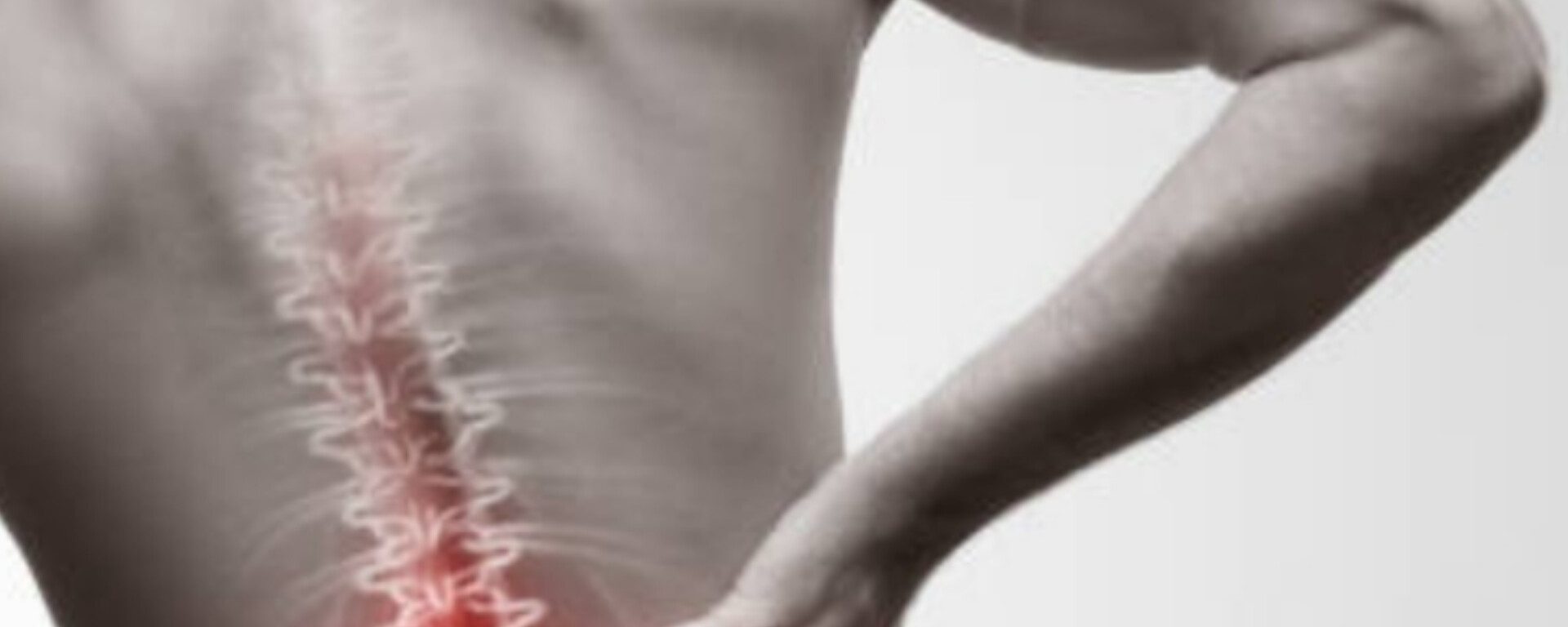The increasing reduction and elimination of distal pain in response to therapeutic loading procedures is referred to as centralization. This page provides a quick overview of the phenomenon as well as a discussion of its characteristics. Let’s get started!.

The centralization phenomenon of pain is a critical evaluative finding during the physical examination. Pain is progressively abolished in a distal-to-proximal direction in response to therapeutic loading techniques, with each progressive abolishment being sustained over time until all symptoms are abolished. If just back pain is present, it shifts from a wider to a more central place and subsequently disappears, which was associated with a favourable prognosis (McKenzie 1981). Centralization refers to classification in derangement syndrome, which is the most common of the mechanical syndromes in individuals with back pain (Kilpikoski et al., 2002; Razmjou et al., 2000; May 2006b). Aina et al. (2004) conducted the first systematic review to investigate its significance.
The review (Aina et al. 2004) addressed six areas of centralization: the definition, prevalence, prognostic relevance, assessment reliability, treatment loading, and criterion validity. Strict operational definitions had been defined recently (McKenzie and May 2003). Centralization occurred less frequently, according to this rigorous definition, than prior studies had suggested. However, another group with partial centralization was detected, with the same outcome as the complete centralization group but requiring more treatment sessions (Werneke et al. 1999).
With data from 11 trials, the incidence of centralizers and partial centralizers was high, with total centralization occurring in 70% of 731 subacute back pain patients and 52% of 325 chronic pain patients (Aina et al. 2004). Five investigations looked at the dependability of physicians’ capacity to detect centralization (Kilby et al. 1990, Sufka et al. 1998, Werneke et al. 1999, Fritz et al. 2000, Kilpikoski et al. 2002); % agreement was greater than 88%, and kappa values ranged from 0.51 to 1.0, with 5 of 6 analyses yielding kappa values greater than 0.70. Some statisticians consider these to be ‘excellent’ levels of reliability (Altman 1991).
Six studies looked at centralization and prognosis and discovered that it was consistently associated with good or excellent overall outcomes, greater pain intensity reduction, higher return to work rates, greater functional improvement, and less continued healthcare usage (Donelson et al., 1990; Karas et al., 1997; Long, 1995; Sufka et al., 1998; Werneke et al., 1999; Werneke and Hart, 2001). Non-centralization was also associated with a poorer outcome, and one study predicted this better than a variety of work-related and psychosocial factors (Werneke and Hart 2001). The review also looked at the loading techniques that were proven to produce centralization, which were repeated motions or persistent postures in the sagittal plane (Donelson et al., 1990; Williams et al., 1991).
As a result, this symptom response has substantial therapeutic and prognostic implications. Given the accuracy with which centralization can be detected, as well as its frequency and clinical significance, it is recommended that it be monitored routinely during spinal examinations and utilised to guide treatment methods (Aina et al. 2004). Since that review was published, a number of further investigations, including one on centralization in sciatica sufferers (Skytte et al. 2005), have essentially validated similar findings. Patient outcomes were tracked over the following year, with significantly superior improvements in leg pain and disability in the centralization group, for example, at two months (P = 0.007 and P 0.001, respectively). There was considerably less surgery in the centralization group (P = 0.01), and the odds ratio for surgery was 6.2 in the non-centralization group (Skytte et al. 2005).

References:
- Altman DG (1991). Practical Statistics for Medical Research. Chapman & Hall, London.
- Aina A, May S, Clare H (2004). The centralisation phenomenon of spinal symptoms – a systematic review. Manual Therapy 9.134-143.
- Donelson R, Silva G, Murphy K (1990). Centralization phenomenon. Its usefulness in evaluating and treating referred pain. Spine 15.211-213.
- Donelson R, Grant W, Kamps C, Medcalf R (1991) Pain response to sagital end-range
- spinal motion. A prospective, randomised, multicentered trial. Spine 16. S206-S212.
- Fritz JM, Delitto A, Vignovic M, Busse RG (2000). Interrater reliability of judgements of the centralization phenomenon and status change during movement testing in patients with low back pain. Arch Phys Med Rehab 81.57-61.
- Karas R, McIntosh G, Hall H, Wilson L, Meles T (1997). The Relationship Between Nonorganic Signs and Centraliazation of Symptoms in the Prediction of Return to Work for Patients with Low Back pain. Physical Therapy 77.354-360.
- Kilby J, Stigant M, Roberts A (1990). The reliability of back pain assessment by physiotherapists, using a ‘McKenzie algorithm’. Physiotherapy 76.579-583.
- Kilpikoski S, Airaksinen 0, Kankaanpaa M, Leminen P, Videman T, Alen M (2002). Interexaminer reliability of low back pain assessment using the McKenzie method. Spine 27.E207-E214.
- Long AL (1995). The centralisation phenomenon. Its usefulness as a predictor of outcome in conservative treatment of chronic low back pain (a pilot study). Spine 20.2513-2521.
- May S (2006b). Classification by McKenzie’s Mechanical Syndromes: A survey of
- McKenzie-trained faculty. J Manip Physiol Thera 29.637-642.
- McKenzie RA (1981). The Lumbar Spine. Mechanical Diagnosis and Therapy. Spinal Publications, New Zealand.
- McKenzie R, May S (2003). The Lumbar Spine: Mechanical Diagnosis and Therapy (Volumes 1 & 2) (2nd Edition). Spinal Publications New Zealand Ltd.
- Sufka A, Hauger B, Trenary M et al (1998). Centralisation of low back pain and perceived functional outcome. J Orth Sports Phys Ther 27.205-212.
- Sytte L, May S, Petersen P (2005). Centralisation – its prognostic value in patients with referred symptoms and sciatica. Spine 30.E293-E299.
- Werneke M, Hart DL, Cook D (1999). A descriptive study of the centralization phenomenon. Spine 24:676-683.
- Werneke M, Hart DL (2001). Centralization phenomenon as a prognostic factor for chronic low back pain and disability. Spine 26:758-765.
- Williams MM, Hawley JA, McKenzie RA, van Wijmen PM (1991). A comparison of the effects of two sitting postures on back and referred pain. Spine 16:1185-1191.
